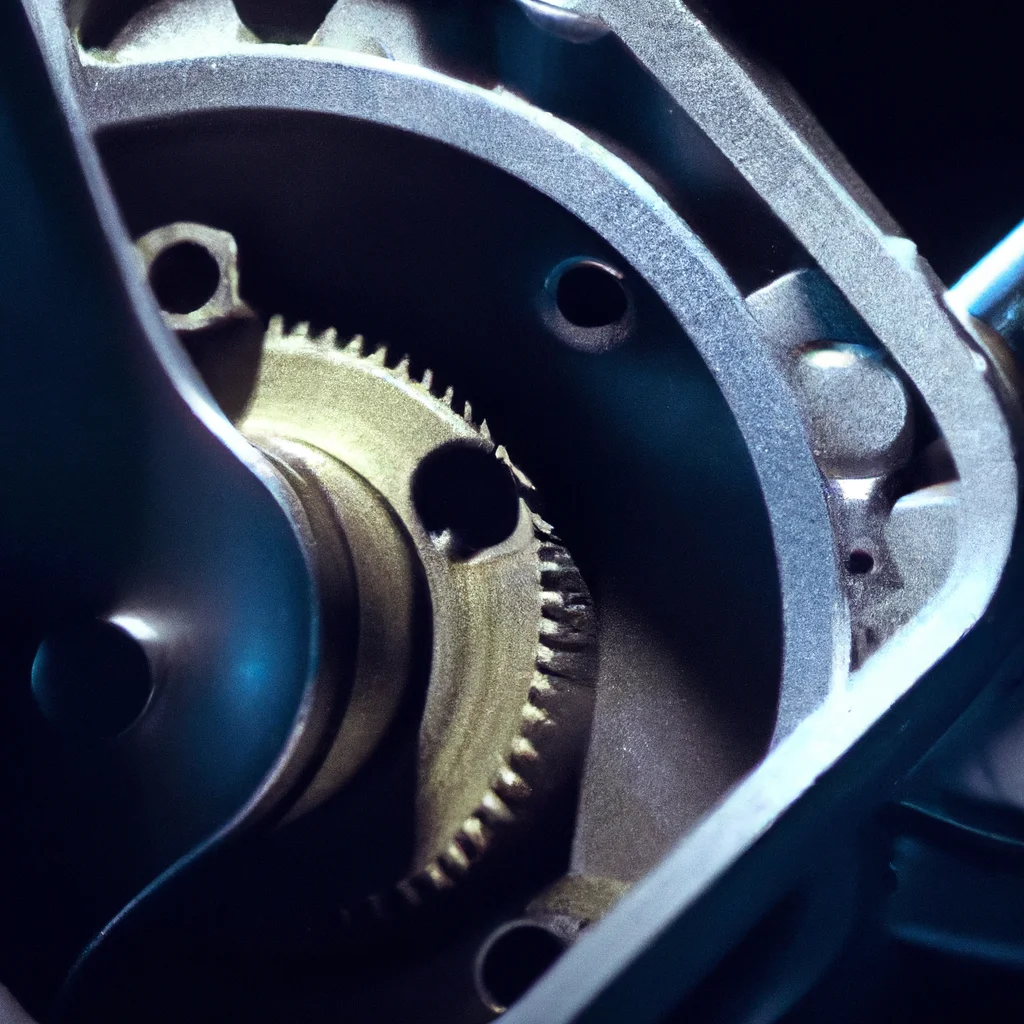How does a rotary engine work?


How does a rotary engine work?
Rotary engines, also known as Wankel engines, are a type of internal combustion engine that uses a unique engine design to produce rotary motion. This article will explore the mechanics and physics of how rotary engines work, the benefits and drawbacks of their engine technology, and the overall efficiency and performance of rotary engines.
Engine Design
Unlike traditional internal combustion engines that use a reciprocating motion to convert fuel into energy, rotary engines use a rotor that rotates within a housing. The rotor is triangular in shape and has three sides, or lobes, that rotate around an eccentric shaft. The housing is also triangular and has curved sides that create three combustion chambers as the rotor rotates.
The combustion process is similar to that of a traditional engine, with fuel and air mixture being ignited by a spark plug. However, in a rotary engine, the combustion occurs in the combustion chamber as the rotor rotates, rather than in a stationary piston as in a typical internal combustion engine.
Engine Mechanics
As the rotor rotates within the housing, the three combustion chambers undergo the four-stroke cycle of intake, compression, combustion, and exhaust. As the rotor rotates, the combustion chamber expands, drawing in fuel and air mixture through the intake port. The chamber then compresses the mixture as the rotor continues to rotate, igniting the fuel and air mixture as it reaches the spark plug. After combustion, the chamber then exhausts the spent gases through the exhaust port.
The unique engine mechanics of rotary engines result in a smoother and more consistent power delivery than traditional engines. This is because the rotor’s rotation creates a continuous and even torque output, rather than the jerky motion of reciprocating pistons in traditional engines. Additionally, rotary engines have fewer moving parts and do not require a complex valve system, resulting in a simpler engine design.
Engine Physics
The physics behind rotary engines is a complex mix of thermodynamics, fluid dynamics, and mechanical engineering. The shape of the rotor and housing, along with the combustion process, affects the engine’s efficiency and performance.
One of the main advantages of rotary engines is their high power-to-weight ratio. The compact design of the engine allows for a high power output with a relatively low weight, making them popular in racing and aviation applications. However, the combustion process in rotary engines can also lead to poor fuel efficiency and high emissions, especially at low speeds.
Engine Efficiency and Performance
Rotary engines have a reputation for being less efficient than traditional engines due to their unique engine design. However, advancements in engine technology have improved the efficiency and performance of rotary engines.
One such advancement is the addition of a turbocharger to increase the engine’s power output while improving fuel efficiency. Turbocharging allows for more air to be forced into the combustion chamber, resulting in a more efficient combustion process. Additionally, advancements in materials and manufacturing have allowed for lighter and stronger engine components, improving the overall efficiency and performance of rotary engines.
Conclusion
In conclusion, rotary engines offer a unique engine design that provides smooth and consistent power output, with a high power-to-weight ratio. The engine mechanics and physics behind rotary engines provide a simpler engine design than traditional engines, with fewer moving parts and a continuous torque output. However, the combustion process in rotary engines can lead to poor fuel efficiency and high emissions, although advancements in engine technology have improved their efficiency and performance. Overall, rotary engines are a viable alternative to traditional engines, with their unique engine design providing a range of benefits and drawbacks.
Recent Posts
How do I create an engaging and informative online quiz or assessment?
Creating an engaging and informative online quiz or assessment can be a powerful tool for… Read More
What are the most effective methods for managing and reducing work-related stress in the hospitality industry?
Work-related stress is a common issue in the hospitality industry, where employees often face long… Read More
How can I improve my assertiveness and communication skills in a leadership position?
In a leadership position, assertiveness and effective communication skills are crucial for success. Being able… Read More
What are the key elements of a successful employee recognition and rewards program?
Employee recognition and rewards programs play a crucial role in motivating and engaging employees, as… Read More
How do I effectively manage and respond to customer feedback and reviews?
Customer feedback and online reviews play a crucial role in shaping a company's reputation and… Read More
What are the best strategies for effective time management as a stay-at-home parent?
Effective time management is crucial for stay-at-home parents who juggle multiple responsibilities on a daily… Read More